Children's Drawing as a Projective Measure to Understand Their Experiences of Dental Treatment under General Anesthesia
- PMID: 32635145
- PMCID: PMC7401887
- DOI: 10.3390/children7070073
Children's Drawing as a Projective Measure to Understand Their Experiences of Dental Treatment under General Anesthesia
Abstract
Purpose: The overall aim of the study was to gain a deeper understanding of 3 to 10 year-old children's experiences, main concerns, and how they manage attending hospital for dental treatment under general anesthesia (DTGA).
Methods: Twelve children aged 3-10 who were scheduled for DTGA were interviewed. In addition to tape-recorded interviews, data were collected using video diaries, participant observations, and pre-, peri-, and postoperative drawings. The children's drawings (n = 43) were analyzed using the Child Drawing: Hospital Manual (CD:H) and Vygotsky postulations for context readings, with the aim to explore what it means for children to undergo DTGA.
Results: The analysis found that the main concern for children during the pre-operative period was that they were forced to prepare for an unknown experience, which elicited stress. This situation was handled during the peri-operative period by trying to recover control and to cooperate despite fear, stress, and anxiety. Drawings completed post-operatively showed the surgical mask, "stinky" smell of the anesthetic gas, and multiple extraction of teeth were the main troubling experiences for children. Several weeks after DTGA, children tried to regain normalcy in their lives again.
Conclusion: This study contributed to a deeper understanding of how children as young as 3 years undergoing DTGA experience and express their lived experiences: emotional, psychological, physiological, or physical stress in the context of DTGA.
Keywords: art; child; dental care; general anesthesia; oral health.
Conflict of interest statement
The authors declare no conflict of interest.
Figures




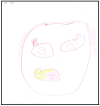
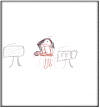


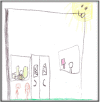
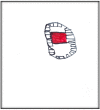
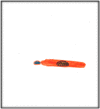
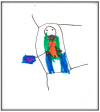
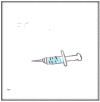

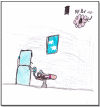



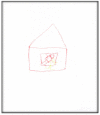
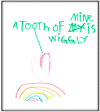


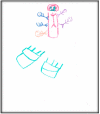
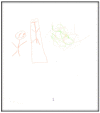
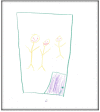
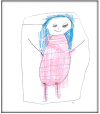

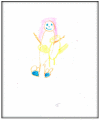

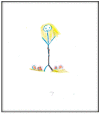
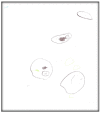
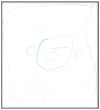


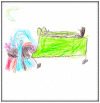
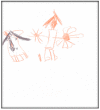


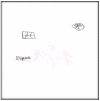
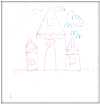

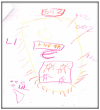
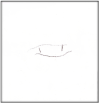
Similar articles
-
Children and parents perspectives on children's dental treatment under general anesthesia: a narratology from Saskatoon, Canada.Eur Arch Paediatr Dent. 2021 Aug;22(4):725-737. doi: 10.1007/s40368-021-00613-6. Epub 2021 Mar 7. Eur Arch Paediatr Dent. 2021. PMID: 33677799 Free PMC article.
-
Representation of dental care and oral health in children's drawings.Br Dent J. 2014 Jun;216(12):E26. doi: 10.1038/sj.bdj.2014.545. Br Dent J. 2014. PMID: 24970540
-
The experiences of acute non-surgical pain of children who present to a healthcare facility for treatment: a systematic review protocol.JBI Database System Rev Implement Rep. 2015 Oct;13(10):12-20. doi: 10.11124/jbisrir-2015-2466. JBI Database System Rev Implement Rep. 2015. PMID: 26571278
-
Drawing conclusions: a re-examination of empirical and conceptual bases for psychological evaluation of children from their drawings.Br J Clin Psychol. 1998 May;37(2):127-39. doi: 10.1111/j.2044-8260.1998.tb01289.x. Br J Clin Psychol. 1998. PMID: 9631202 Review.
-
Dental fear and behavior management problems in children. A study of measurement, prevalence, concomitant factors, and clinical effects.Swed Dent J Suppl. 1995;103:1-78. Swed Dent J Suppl. 1995. PMID: 7740439 Review.
Cited by
-
Effects of a Psychosocial Intervention on the Subjective Experiences of Children Living with Atopic Dermatitis: A Qualitative Study in Hong Kong.Children (Basel). 2023 Feb 17;10(2):395. doi: 10.3390/children10020395. Children (Basel). 2023. PMID: 36832524 Free PMC article.
-
"I guess it looks worse to me, it doesn't look like there's been a problem solved but obviously there is": a qualitative exploration of children's and their parents' views of silver diamine fluoride for the management of carious lesions in children.BMC Oral Health. 2021 Jul 23;21(1):367. doi: 10.1186/s12903-021-01730-w. BMC Oral Health. 2021. PMID: 34301214 Free PMC article.
-
The Behavior of Two Types of Upper Removable Retainers-Our Clinical Experience.Children (Basel). 2020 Dec 16;7(12):295. doi: 10.3390/children7120295. Children (Basel). 2020. PMID: 33339121 Free PMC article.
-
Children's Anxiety Levels and Their Perspectives on Dental Experiences in Students' Clinical Evaluation.Int J Clin Pediatr Dent. 2023 Sep;16(Suppl 2):206-212. doi: 10.5005/jp-journals-10005-2620. Int J Clin Pediatr Dent. 2023. PMID: 38078023 Free PMC article.
-
The benefits of sharing house-tree-fire-water-person drawings with parents when their anxious child is in sandplay therapy.Psychol Psychother. 2025 Sep;98(3):701-725. doi: 10.1111/papt.12586. Epub 2025 Mar 7. Psychol Psychother. 2025. PMID: 40052752 Free PMC article.
References
-
- Edwards B. Drawing on the Right Side of the Brain. Jeremy P. Tarcher Inc.; Los Angeles, CA, USA: 1979.
-
- Naar-King S., Stanton B.F. New directions in behavioral intervention development for pediatric obesity. Pediatr. Clin. N. Am. 2016;63:539–562. - PubMed
LinkOut - more resources
Full Text Sources

